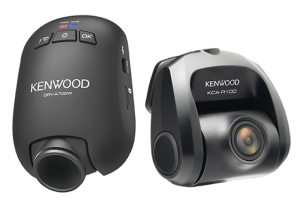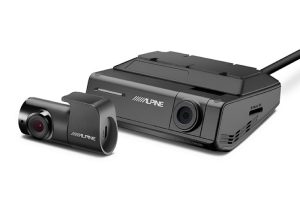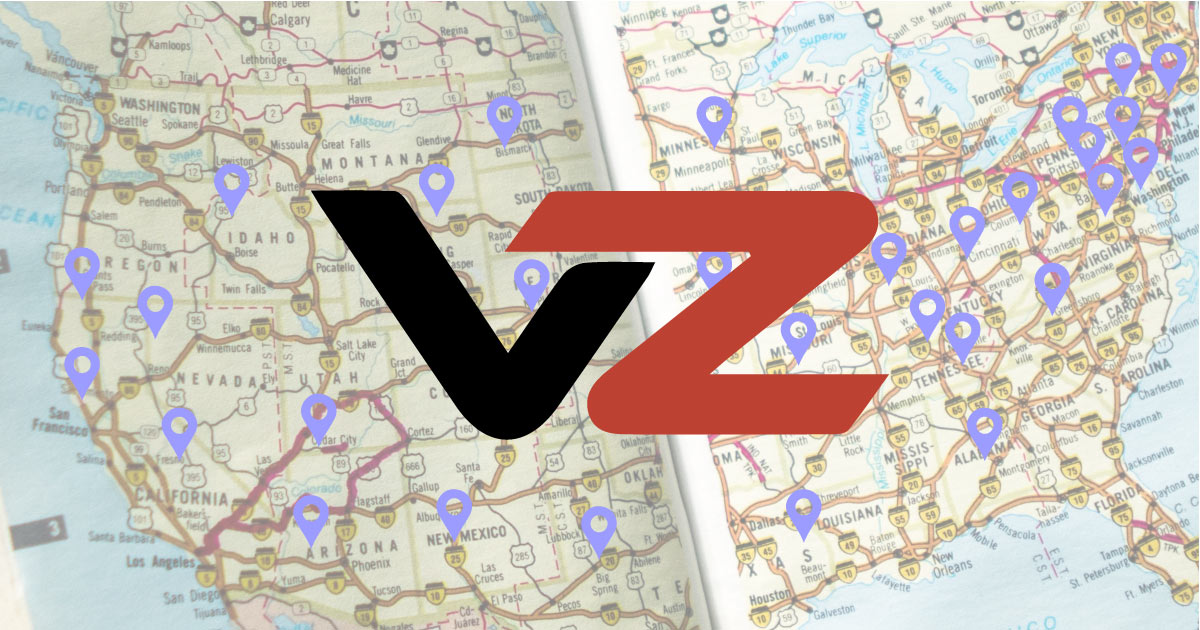If you’re on the road during the day, you’ll quickly notice that commercial vehicles make up a significant portion of the traffic around you. Delivery trucks and vans are everywhere, construction equipment is being moved from site to site and salespeople travel from client to client. Combined with those of us commuting to our jobs, it’s no wonder there’s a rush hour in the morning and afternoon. Let’s look at how implementing dashcam and GPS vehicle tracking systems can work to improve driver behavior and reduce accidents.
Dashcams – A Mobile Co-Pilot That Sees Everything

For companies that own a fleet of vehicles, insurance makes up a significant portion of their fleet expenses, aside from leasing and fuel costs. When the driver of a car, truck or van knows that a dashcam has been installed in the vehicle, recording where and how they’re driving, along with the vehicle’s location and speed, their behavior changes for the better. According to the National Surface Transportation Safety Center for Excellence, safety-related accidents involving fleet operators in vehicles equipped with a dashcam were reduced by an impressive 52% when combined with driver coaching.

A second study published in the Journal of Safety Research showed that implementing an in-vehicle monitoring system to track aggressive acceleration, braking and turning resulted in a 60% reduction in incidents. Most high-quality dashcams have built-in accelerometers and will store videos when preset thresholds are exceeded. These events are also identified with an audible alert. Knowing that the management team or company owners will know if a driver is swerving between other vehicles, braking abruptly or going around corners too quickly does result in drivers slowing down. Even a slight reduction in vehicle speed can dramatically reduce the braking distance required to avoid an accident.
Monitor Location and Speed with GPS Vehicle Tracking

Modern GPS-based vehicle tracking systems do more than capture vehicle location. The information from the GPS receiver includes the vehicle’s speed. When delivery vans or service trucks are spread across a wide area, these systems make it easy for owners to see their location, the direction they’re traveling and how fast they’re going. Other alerts such as over-speed conditions, abrupt driving maneuvers (cornering or braking) and even excessive idling are often part of the reporting available.
A survey by the Occupational Safety and Health Administration found that accidents involving commercial vehicles where drivers knew there was a GPS-based tracking system were reduced by as much as 38%.
Equip Your Company Vehicles with Driver-Monitoring Technology
Quite simply, when drivers know their actions are being recorded, they are much less likely to drive aggressively or over the speed limit. Reducing these poor behaviors has proven to decrease the quantity and severity of accidents. The Vision Zero Automotive Network has a goal of saving lives through the implementation of collision-avoiding vehicle technologies. If you own or operate a fleet of vehicles, visit one of our preferred retailers today to learn about the options available for reducing accidents. You can find a retailer using our Dealer Locator on the Vision Zero website.


